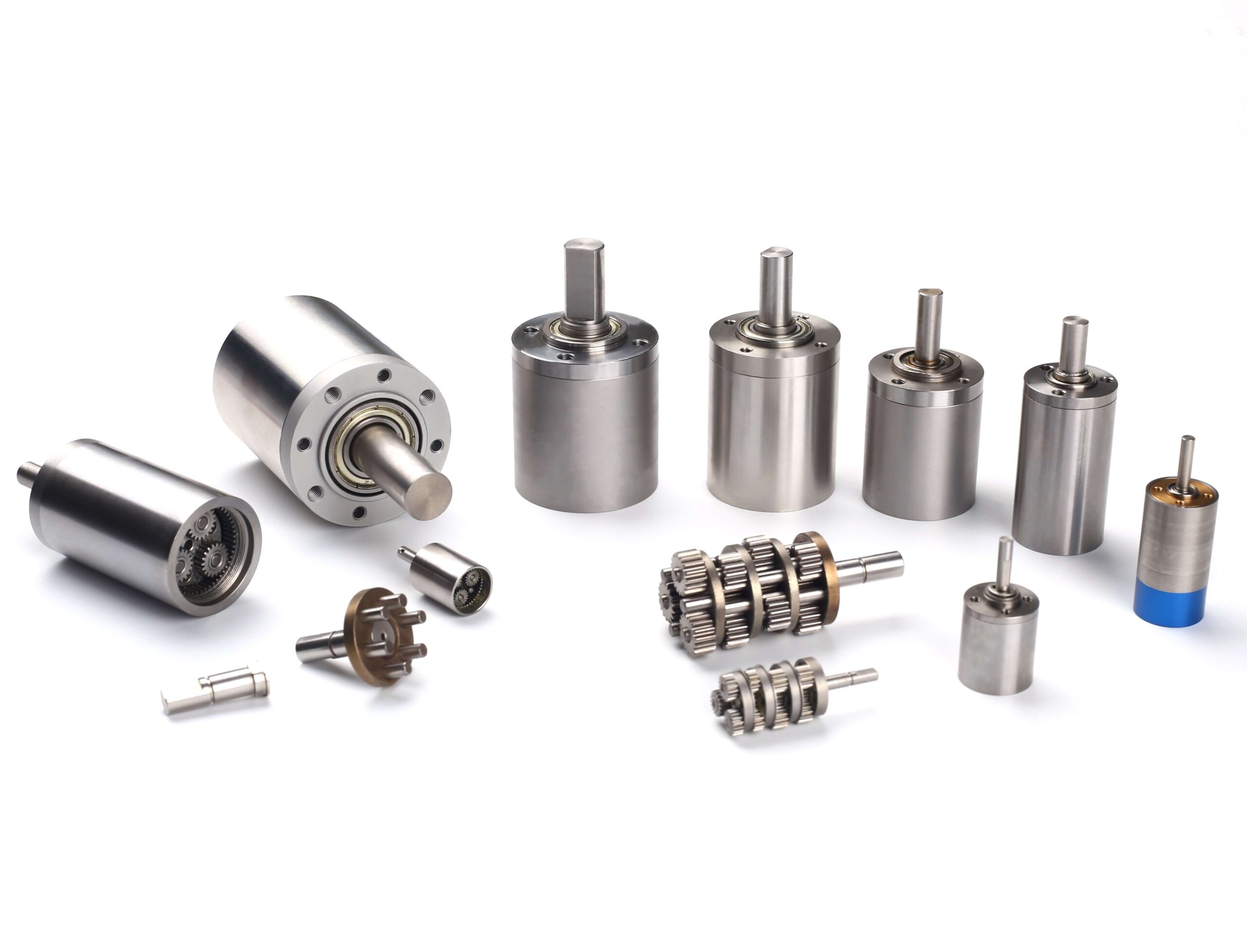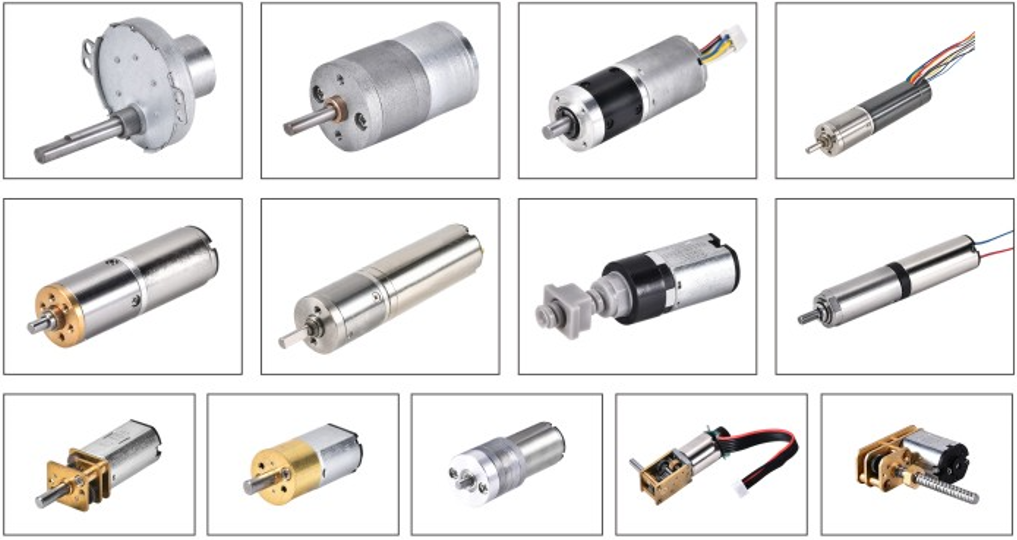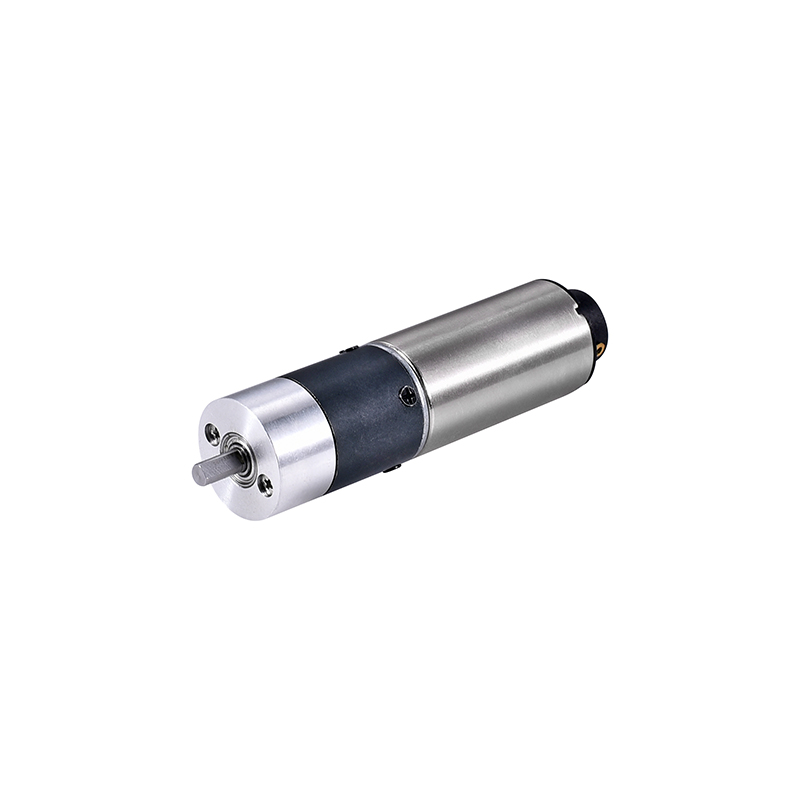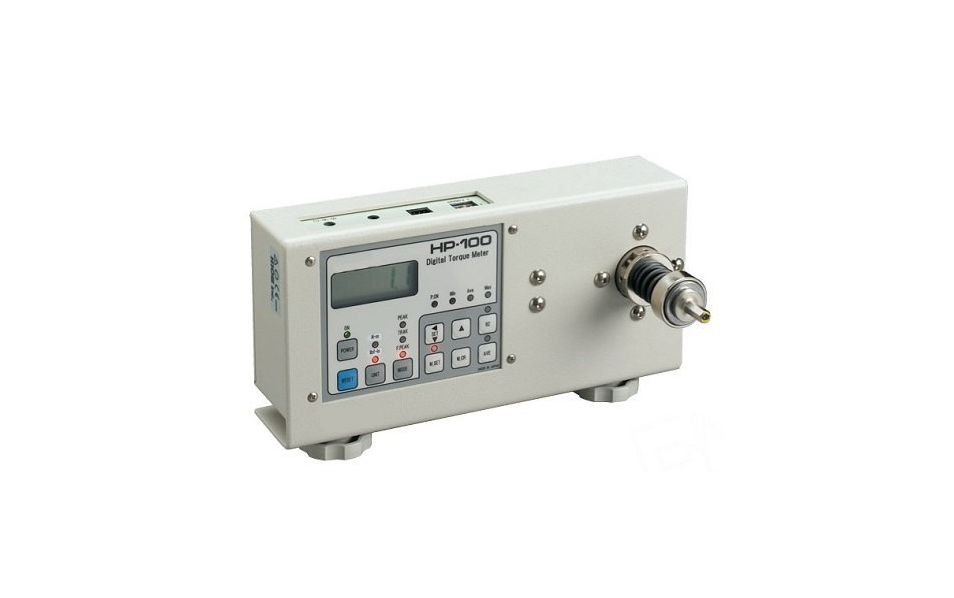Before we discuss high torque low RPM DC motor, let’s learn what Torque is.
Torque is the product of the force and the lever arm and is often used to describe the rotational action on an object. The SI unit is the Newton meter (N·m), which can also be expressed in other units such as kilogram-meter (kg·m) or pound-foot (lb-ft). At the surface of the Earth, since the acceleration of gravity (g) is about 9.8 m/s ², 1 kg m is equivalent to 1 Newton m.
Torque (T)=F × r
For Example:
If the force is 20N, the radius of rotation is 5cm.
Torque =20N×0.05m=1N·m.
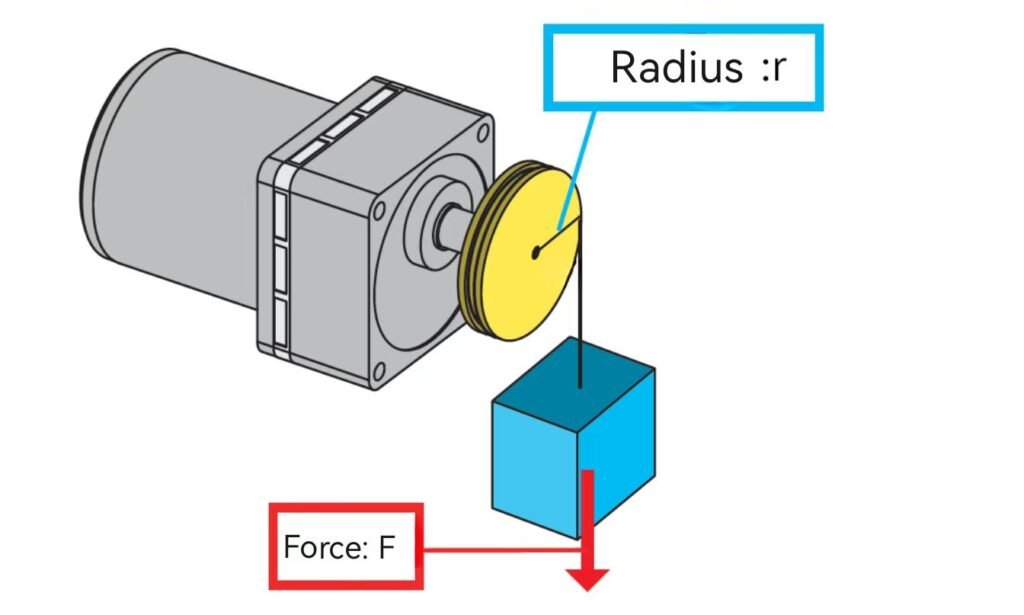
What Is Rated Torque and Stall Torque?
When choosing a DC motor for equipment, 2 parameters are often mentioned:
Rated torque refers to the torque required to drive the motor at its rated load.
Stall torque is the maximum torque output of a motor when it enters a stalled state, meaning the speed is zero. This represents the torque of the motor can generate at the stall and is a key performance indicator for evaluating the stability and safety of the motor under abnormal conditions.
How Does A DC Motor Produce Torque?
A DC motor mainly consists of armature and magnetic pole. The armature is the component responsible for generating torque and consists of a coil and an iron core. When the armature is energized, the current generates a magnetic field, and the magnetic field interacts with the magnetic pole to produce torque. At low speeds and high loads, the armature current of the DC motor increases to overcome the load because greater torque is required. At this point, the magnetic field generated by the armature interacts with the magnetic poles, producing a greater torque. However, if the speed is too low, the interaction between the magnetic field and the magnetic poles becomes unstable, causing the motor to vibrate or make noise. In addition, at too low a speed, increased friction between the armature and the poles may cause the motor to heat up or wear out.
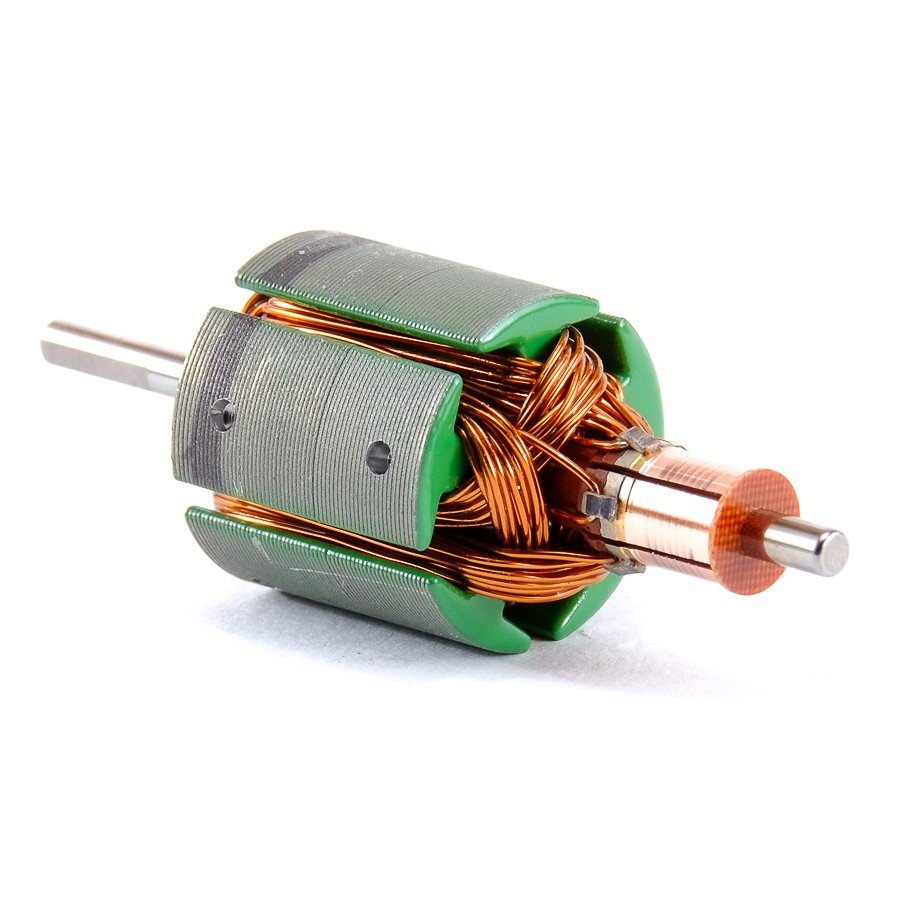
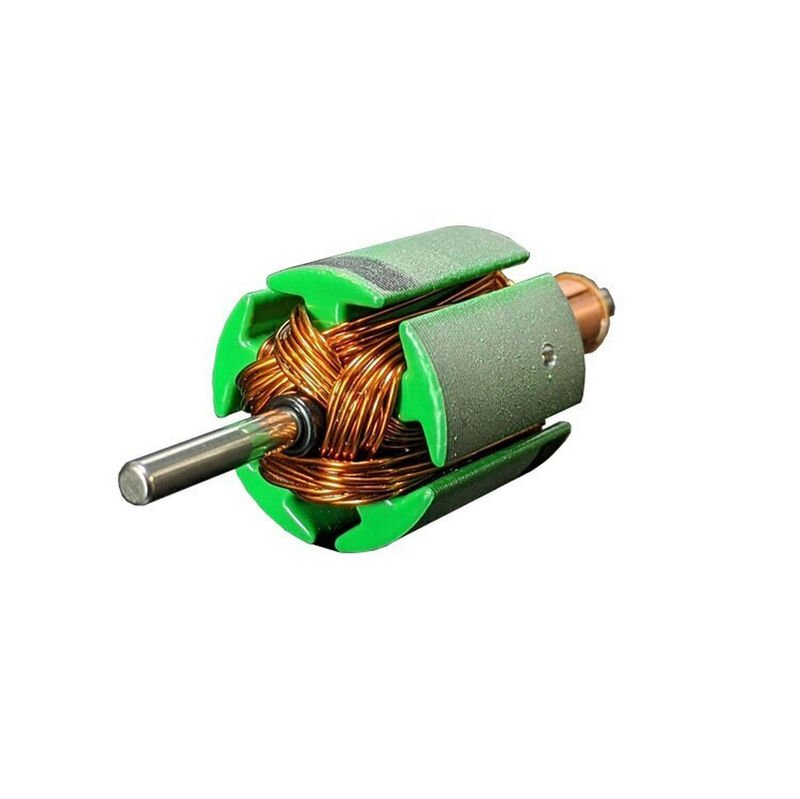
Torque is an important parameter of the motor. As mentioned before, Torque (T) is generated by the electromagnetic force (F) at the radius of rotation (r) and is expressed as “F × r”. For a given motor, the radius r remains constant. Thus, torque is equivalent to the electromagnetic force F. The flux density of a permanent magnet remains constant, but the flux density generated by the current changes, resulting in a change in torque. When the current increases, the magnetic flux density also increases, resulting in an increase in torque. Conversely, if the current remains constant, the higher the flux density of the permanent magnet, the greater the corresponding torque.
To increase the torque of a DC motor, you can increase the motor current and use a coil with a higher magnetic flux density. Simply put, torque is proportional to current and magnetic flux density.
It is important to note that increasing the number of coil turns is not always the most effective way to increase torque.
First, higher coil turns result in greater volume. If the coil volume becomes too large, it will inevitably exceed the capacity of the motor. Therefore, the number of coil turns cannot be arbitrarily increased.
Then there is the loss of copper. Copper itself has a resistance, and its resistance is proportional to the length and inversely proportional to the cross-sectional area. As a result, more coil turns result in increased resistance and more significant heat generation. The heat generated here is a by-product of the conversion of electrical energy, causing energy consumption, which is undesirable.
In addition, the increase in the number of coil turns will affect the speed of the motor. The number of coil turns is inversely proportional to the motor speed. The more coil turns, the lower the motor speed.
For more information, you can refer to our article “How to Increase the Torque of a DC Motor,” which outlines three ways to increase the torque of a DC motor. If you have any questions, please contact us now!
High Torque Low RPM DC motor
Here, let’s also discuss the High Torque Low RPM DC motor together.
High Torque Low RPM DC motor is specifically designed for the controlled movement of components and equipment at slower speeds. As the speed increases, the torque decreases. 12V DC motor high torque low rpm is a low-power precision gear motor, also known as a micro gear reducer.
In order to improve product efficiency and reduce customer procurement costs. Customers usually entrust DC gear motor manufacturers to provide customized services from design, procurement, precision mold development, and manufacturing to integrated assembly. INEED specializes in the design and manufacture of 12V DC motors of different diameters, as well as the main transmission structure of the motor consisting of a drive motor and a reduction box (reducer).
Which DC motor has high torque and low speed?
Most of our small gear motors can be customized to 12V DC low rpm high torque motors. Such as:
6mm Metal Planetary Gear Motor
Power and speed determine the torque of a gear motor. The rated output torque is based on the motor’s rated transmission power and output speed. It’s crucial to choose a suitable reduction motor for an extended lifespan. Ensure the calculated torque during acceleration doesn’t surpass the motor’s maximum load torque.
Gearbox Torque Calculation Formula:
Gear Ratio = Motor Output Speed / Reducer Output Speed
Using motor power, rating, and service factor:
Gearbox Torque = 9550 × Motor Power / Motor Input Speed / Reduction Ratio / Service Factor
Given gearbox torque, output speed, and service factor:
Motor Power = Torque / 9550 × Motor Power Input Speed / Reduction Ratio / Service Factor.
Do you struggle with the following concerns?
Don’t have detailed specifications or design drawings yet, but need advice on motors?
Want to save the time and effort of redesigning existing mechanical components when replacing your motor?
Want to focus your resources on core technology, and outsource drive systems and motor development?
Need a custom motor for your product, but have been declined by your usual vendor?

FAQ
What Is High Torque Low RPM?
High torque low speed motors are specifically designed for use where parts and equipment need to be moved at slower speeds. They are capable of delivering large amounts of power or torque at slower speeds, helping to control the movement of large or heavy objects such as doors, elevators, gates, and various other devices.
Resource:

